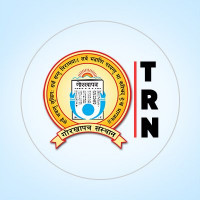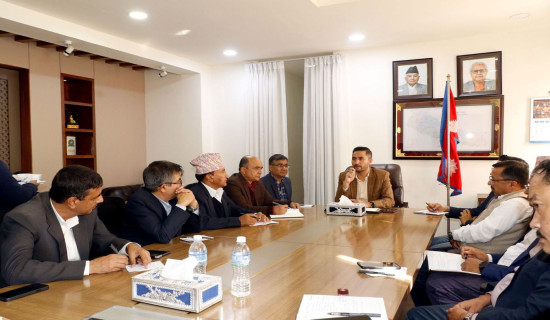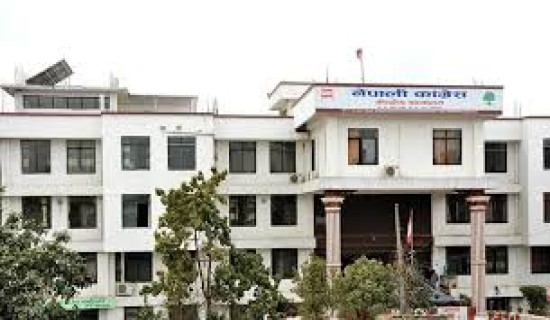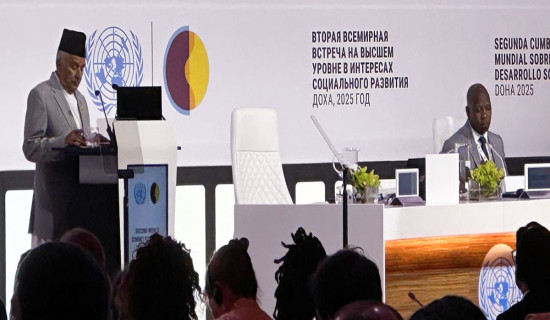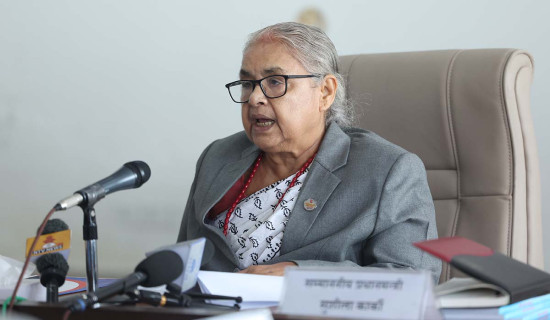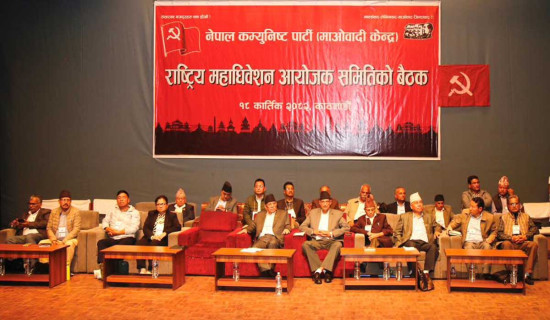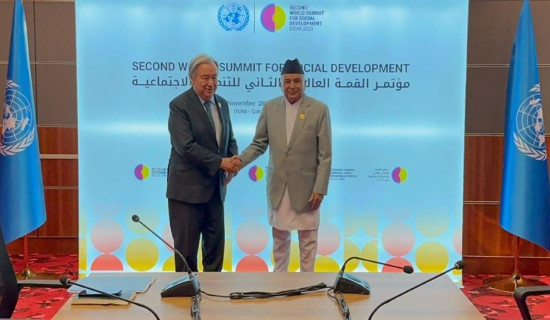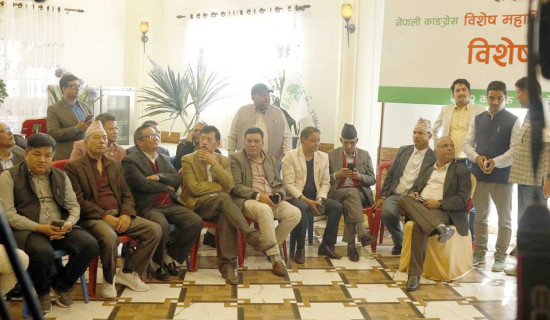- Wednesday, 5 November 2025
Season Of Unity
Aashish Mishra
It is spring, the season of Jatras and celebrations here in Nepal. Beginning from Holi, this season hosts some of the biggest and best-known festivals of the country, including the Ghode Jatra, the Seto and the Rato Machhindranath Jatras, the new year’s Biska (Bisket) Jatra and more. Naturally, these are occasions of joy and relaxation. They also promote social cohesion and unity.
The festivals mentioned above are not exclusive to one group or community.
They bring people from all walks of life together and provide an opportunity for them to share lived experiences. The Rato Machhindranath Jatra can be a great example of this.
This Jatra is executed and celebrated by everyone, regardless of class, caste and religion, of the ancient core city of Patan. God Karunamaya itself is a deity worshipped with equal fervour and dedication by both Hindus and Buddhists and no one from any ethnic and economic background is restricted in any way from pulling the chariot.
Women are also allowed to participate in the fun on one special day and children, too, get in on the action by pulling the chariot of Minnath.
The Rato Machhindranath Jatra even connects the people of Lalitpur with Dolakha. The Newas of Dolakha also worship the god and hold a chariot festival for it around a month before Lalitpur.
This helps to establish a common link between the two districts and unites the multiple Newa communities residing here around one occasion. It is a similar case with Biska which is celebrated, in one way or the other, by all Bhaktapurians as well as those in parts of Kathmandu and Thimi. Holi, also called Phagu, also does the same thing as it is celebrated by most Hindus and even non-Hindus across the country.
Of course, this unifying factor is not limited to the festivals of spring only. Take for instance Indra Jatra, a festival celebrated in Autumn, the nine oil-presser (Manandhar) wards are responsible for the selection, transport and erection of the 60 feel high sacred Yansi pole, the Jyapu farmers perform the Devi Pyakha (Goddess Dance) and are involved in conducting numerous processions throughout the Jatra period, a Putuwar from Balaju keeps watch over the Yansi for eight days, a Kusle musician comes and plays the oboe at its feet every day until it is felled, Hindu Rajopadhyayas and Buddhist Bajracharyas act as priests for the images of Indra put on display at Indrachowk, Maru, Kilagal and Nardevi and the mask of the Dagi is kept at the house of a Tuladhar family near Kasthamandap.
Since the ascension of Prithvi Narayan Shah to Kathmandu’s throne, various non-Newa castes have also played important roles in the successful conduction and completion of the festival. Every caste plays a vital role for the completion of the Jatra and no task is judged big or small. All those engaged in the festivity are equally important.
Nepal’s festivals have crossed geographical, racial and ethnic boundaries and bonded different groups and communities for centuries.
However, in recent years, they have started to become exclusionary in the economic aspect. Excess and pomp have made festivals unaffordable for the poor. Too much emphasis on materialism has prevented economically disadvantaged families from participating in and enjoying the celebrations like they used to. This has started to create resentment and dismay which is particularly visible around Dashain and Tihar. It is a sad fact of our time that festivals are only festivals for those with money. For others, it is a reminder of their lack of resources and marginalisation.
However, if we get rid of ostentation then festivals, at their core, are still unifying factors for our society.


